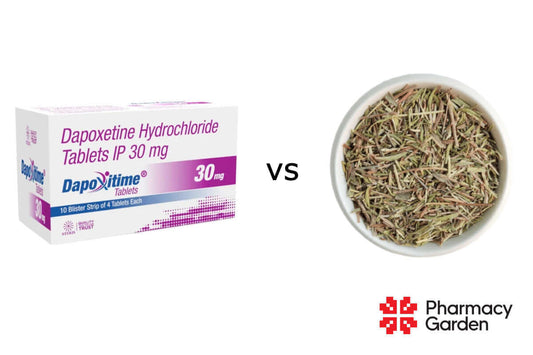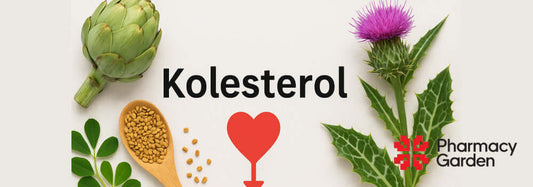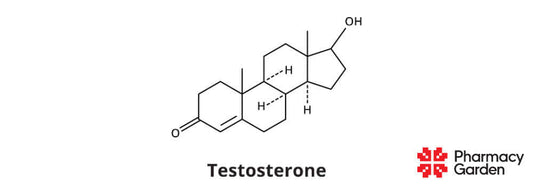Örtbloggen

Läkemedel mot förtidig utlösning vs Vinterkyndel
Dapoxetin vs. Vinterkyndel – två vägar till samma mål? För tidig utlösning (PE) är en av de vanligaste sexuella utmaningarna för män, och kan påverka både självförtroende och relationer. Inom...
Läkemedel mot förtidig utlösning vs Vinterkyndel
Dapoxetin vs. Vinterkyndel – två vägar till samma mål? För tidig utlösning (PE) är en av de vanligaste sexuella utmaningarna för män, och kan påverka både självförtroende och relationer. Inom...

En hälsosam framtid kräver mer än läkemedel
Den före detta vd:n för läkemedelsjätten Novo Nordisk, Lars Fruergaard Jørgensen, skrev nyligen i The Economist att världen inte kan medicinera sig ur fetmakrisen. Orden kommer från en person som stått...
En hälsosam framtid kräver mer än läkemedel
Den före detta vd:n för läkemedelsjätten Novo Nordisk, Lars Fruergaard Jørgensen, skrev nyligen i The Economist att världen inte kan medicinera sig ur fetmakrisen. Orden kommer från en person som stått...

Svårt att sova? Du är inte ensam – och det finn...
Har du svårt att somna? Vaknar du mitt i natten och kan inte somna om? Du är långt ifrån ensam. Runt 30 % av oss kämpar med sömnen – och...
Svårt att sova? Du är inte ensam – och det finn...
Har du svårt att somna? Vaknar du mitt i natten och kan inte somna om? Du är långt ifrån ensam. Runt 30 % av oss kämpar med sömnen – och...

Tre fantastiska örter för att sänka sitt koleterol
Att sänka kolesterolet är avgörande för att minska risken för hjärt-kärlsjukdomar. Förutom mediciner och livsstilsförändringar har vissa växter visat sig ha kolesterolsänkande egenskaper. I denna blogg fokuserar vi på tre...
Tre fantastiska örter för att sänka sitt koleterol
Att sänka kolesterolet är avgörande för att minska risken för hjärt-kärlsjukdomar. Förutom mediciner och livsstilsförändringar har vissa växter visat sig ha kolesterolsänkande egenskaper. I denna blogg fokuserar vi på tre...

Stärk kroppen efter 40 – med naturens hjälp och...
För många män är det först runt 40-strecket som förändringarna verkligen gör sig påminda. Energin svajar, midjan smyger sig utåt, och de träningsrutiner som tidigare gav tydliga resultat känns plötsligt...
Stärk kroppen efter 40 – med naturens hjälp och...
För många män är det först runt 40-strecket som förändringarna verkligen gör sig påminda. Energin svajar, midjan smyger sig utåt, och de träningsrutiner som tidigare gav tydliga resultat känns plötsligt...

Testo, lön och status? Kan örter stödja din nat...
Nyligen publicerad forskning visar att testosteron kan ha en direkt koppling till mäns inkomster – men bara för vissa. En studie av forskare vid Paris Dauphine University, University of Bath...
Testo, lön och status? Kan örter stödja din nat...
Nyligen publicerad forskning visar att testosteron kan ha en direkt koppling till mäns inkomster – men bara för vissa. En studie av forskare vid Paris Dauphine University, University of Bath...
